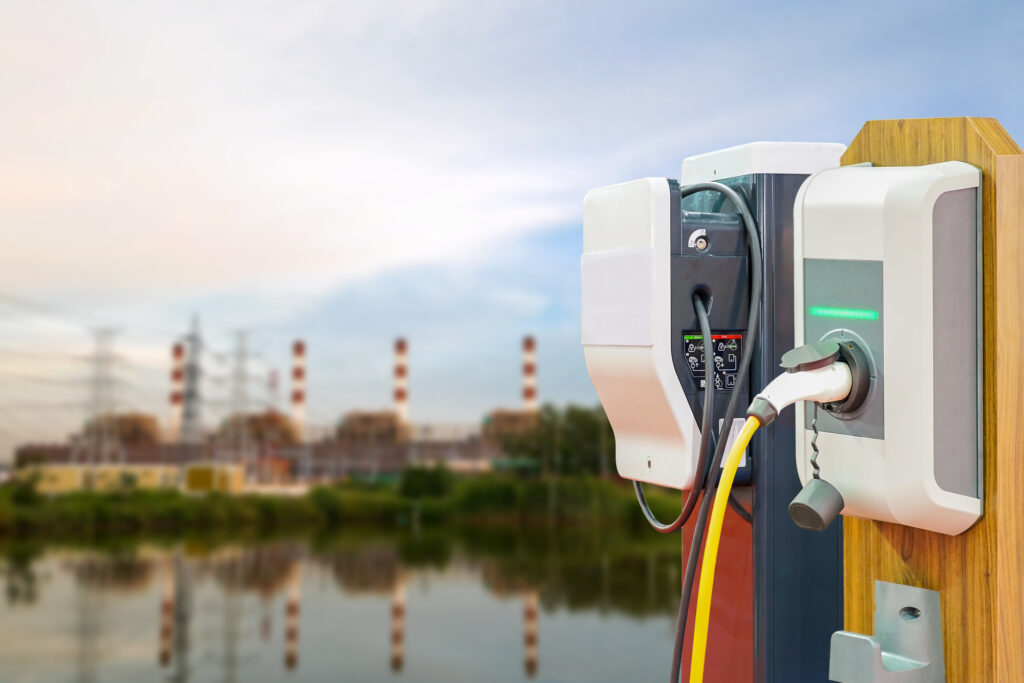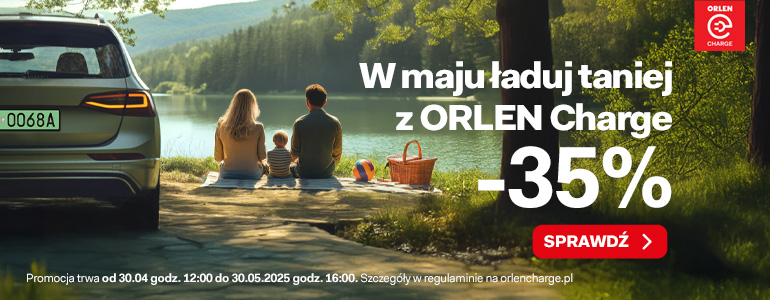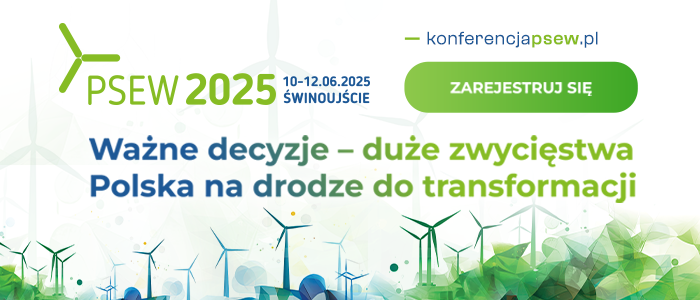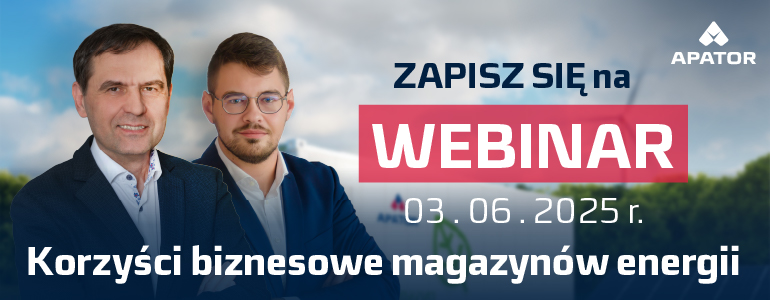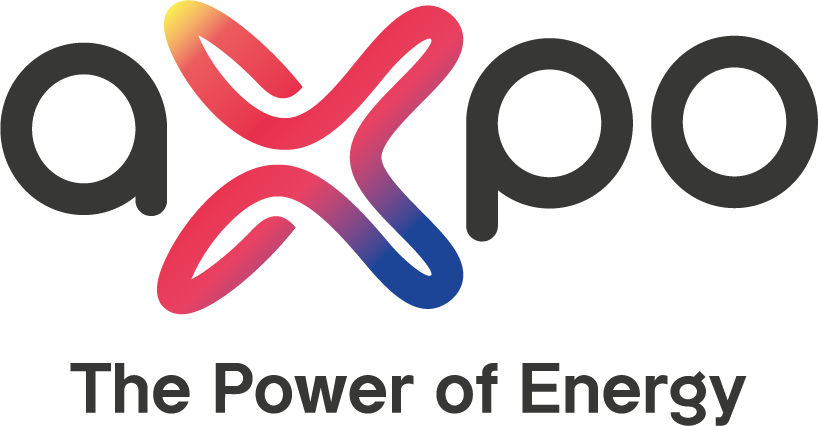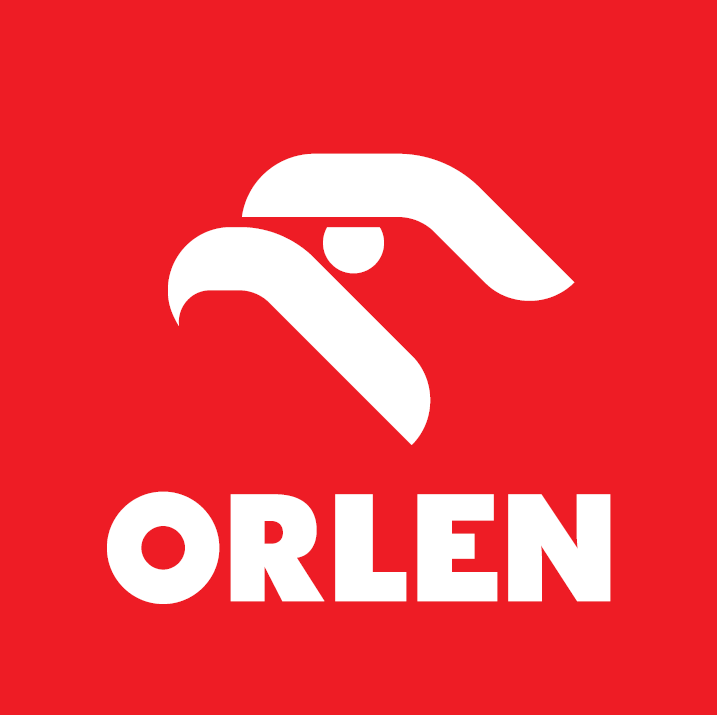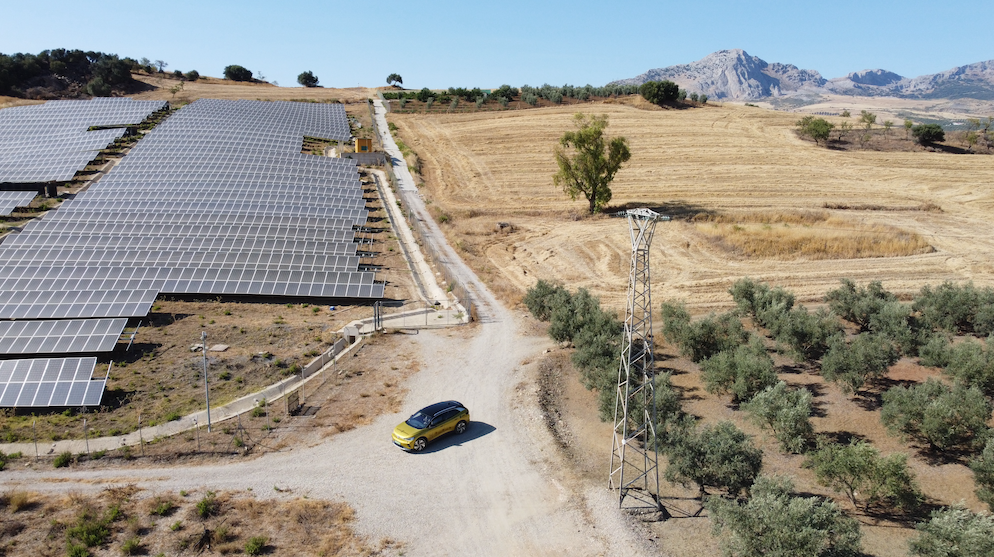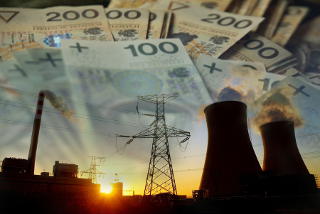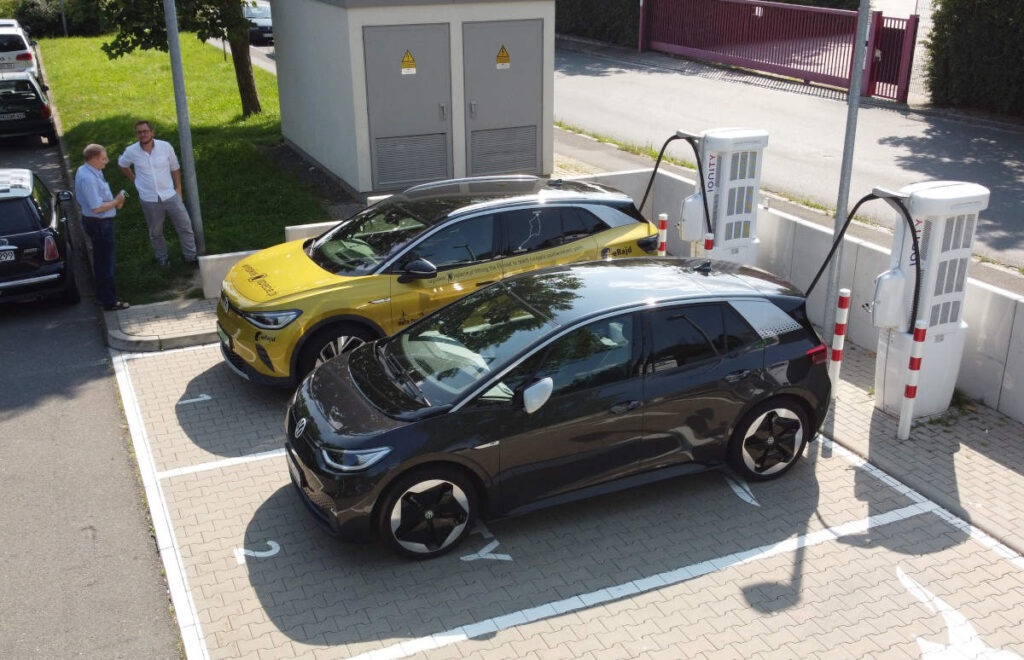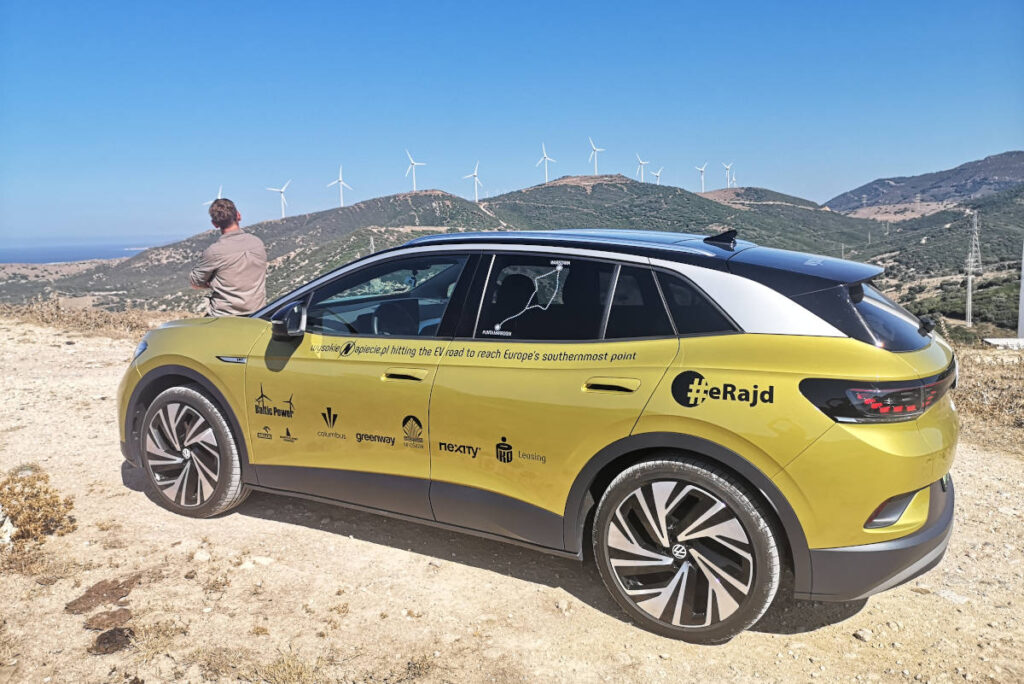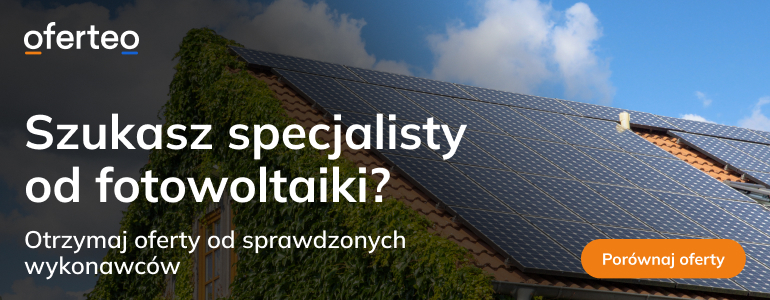When leaving Andorra, our team couldn’t help but notice that Andorra’s local charging network, provided by the energy company FEDA (one which started with the hydro power plant we described previously), is not included in any of the roaming platforms. You can shove all the RFID cards and apps into your pocket and download yet another app. While the European Union has a tendency to over-regulate many simple things, it seems this area calls for a simple EU rule when having more than a defined number of charging points — you’re obliged to join one of the roaming platforms. As simple as that. Yes, I know, Andorra is not a member of the EU, but it would help all around and probably also make FEDA think twice.
Before, however, you all think I’m in a complaining mode, I’m actually far from it. Our ID.4’s trip from Andorra to Milan was as smooth as it gets — all charging stations were fully operational, all RFID cards worked, and all apps ran easy. The team from WysokieNapiecie.pl made regular stops every 180–200 km and charged at good speeds — on average, 22 minutes every 200 km along motorways. Since the motorways were as jammed as elsewhere, they moved along at an average speed of 70 km/h. If I wasn’t reporting on an exciting EV road trip for CleanTechnica readers, I’d be tempted to say “How boring!,” but I won’t. It’s still exciting.
Interestingly, driving through Italy, we found a serious advantage of EVs over ICEVs. When the team was driving an ICE (internal combustion engine) car in Italy a few years ago, they struggled at self-service petrol stations that refused to accept their credit cards — the only payment option at night. Remembering the experience, the two adventurous Poles decided to test it today while charging the yellow submarine at one of the petrol stations. They had no issues charging, but at the petrol pump, the card was rejected as before, meaning they would need to be looking for a station with attendants, and these are scarce. Yeah, ICEVs suck — I told you so many times. This was also proven at the Croatian border, as reported by Mariusz in his Tesla, where the wait time was up to 4 hours (COVID related) and the temperatures were super high (climate related). Some ICE cars were literally dying (AC related). Well, AC uses 1–2 kW, meaning we lose 10 km of range for one hour of AC use. Driving on motorways, you are only losing a small fraction of your range. Add to that the privilege of starting your AC from your phone app when the EV is parked in the sun and you can smile at how wonderful EVs are again.
Further down the path of exploring Southern Europe, the ID.4 entered Croatia, which remains a paradise for EVs, offering plenty of free chargers — just like Poland did a few years back. The trouble is that everybody knows about this paradise, and so a giant army of EVs from all over Europe go there, and finding an available free charger is quite a challenge (unless you are prepared to wait 20–30 minutes).
The team played smart and charged up at the hotel. The hotel car park was actually full of EVs — Volkswagens, Audis, Teslas, Skodas, you name it — and there was only one AC charging station. No problem at all — the hotel staff helped move vehicles when they completed charging and connected the next one. Since the team left motorways to avoid traffic jams at the border, the drive was slower and the range longer. After all, it’s not a race, as noted before — a lazy pace was acceptable. Especially in paradise!
Nothing lasts forever, and our team left the land of free charging to test the territory of Slovenia. To say we were impressed is an understatement. EV chargers are abundant there, and they are well marked. GreenWay and others did a great job, allowing us to pick the charger we wanted, including superfast options. In fact, the ID.4 was used to test the newly built hub from Petrol where the yellow submarine stopped to charge. The technicians were still there checking and testing, and so used the ID.4’s readings to see if everything was performing well. It was. You can use your GreenWay RFID card or app, with or without a monthly plan, without any hassle. Having our Polish account and card, charging was paid at Polish rates (about $7.7/100 km), which makes the whole experience even better.
The team crossed the Austrian border kind of reluctantly anticipating that Slovenia couldn’t be beaten. And they were right. Austria offers charging options, but not at all petrol stations along the motorway — half of them would be our rough estimate. A more important question is whether that is enough, and the answer is simply yes. The moment you stop glancing at your remaining range is when you know things are going in the right direction, and there was little or no glancing for a long time. There were Ionity chargers, Smatrics chargers, GreenWay chargers, and even a free BWM charger our guys were lucky to find. Considering the range of the ID.4 and the density if chargers in that part of Europe (with Slovenia leading the way), range stops being an issue. How wonderful it feels to be able to write that and have it supported with facts and experience.
One thing also worth mentioning is that stations in Slovenia and Austria were simply more reliable compared to our experience in Spain and France. I hope the right people will draw the right conclusions here.
Continuing our Austrian adventure, we have one more piece of advice for you — don’t be surprised when you pay more for overnight parking than for actual charging in Vienna. The underground hotel car park cost €16 and overnight charging only €9. The reason for that is the city’s strict policy of eliminating cars from the streets of Vienna. The paid parking zones cover all of the city now, the rates keep growing, many streets have a maximum parking time of 90 minutes, and from next year, all cars from outside Vienna won’t be allowed to park on the street at all. It sounds strict and extreme, but the city offers excellent public transport in exchange and the decisions have gained widespread approval from the city’s residents, reflected in election polls.
EVs are catered to well, and there are numerous chargers outside Vienna with good roaming options. For example, we could use the Shell Recharge card, which offers significant coverage in Europe. Since the ID.4 sucked in 40 kWh at the exclusive car park in Vienna, the next charging stop was only in Czechia, where Nexity lets you use E.ON chargers spread along the Benzina petrol station network. The funny thing is this chain of petrol stations belongs to the Polish petrol giant Orlen, which has its own charging network and app. You are right in guessing the app doesn’t work at Benzina charging stations. Why should it, right? On second thought, knowing how user-unfriendly the Orlen app is, maybe that’s even better. I have used it, or rather tried to use it, a few times. My success rate of 15% is far from uplifting, and unfortunately it proved to be a problem in the last stage of our ID.4 road trip as well.
Knowing the yellow submarine needed one more charge on its way from Brno to Warsaw, the team decided to use of one Orlen’s 100 kW stations. The station was 7 km away from the motorway, but that was supposed to be compensated for by the fast charging. It wasn’t. The charger refused to start, and with its ridiculous system of payments, your card gets blocked in the amount of €45! Now, the craziest thing ever — it gets blocked for the same amount with each subsequent attempt to charge, no matter if it was successful or not! The system is supposed to change, but the question that remains unanswered is who authorized this stupidity in the first place. (Editor’s note: I believe this problem has been observed at Electrify America stations as well — not sure if it has been fixed.) Anyway, the team searched for help and called the Orlen hotline. The charger was reset, another attempt made, more money blocked, charging failed. … The final desperate idea: downloading an updated version of the app. Everything worked, charging initiated. Funny that the hotline team didn’t know to offer this technologically-advanced advice. On top of that, the 100 kW charger charged at 73 kW — but nobody complained anymore.
Here they were, then, back in Warsaw with the final statistics below:
- total distance: 8,033 km (4,990 miles)
- driving time: 102.5 hours
- average consumption: 20.1 kWh/100 km
- average speed: 76 km/h
- average cost: $6.43/100 km (Ionity with annual plan, Greenaway with monthly plan + charging at hotels – most often for free)
- number of charging sessions: 40 sessions of about 23–30 min
- number of EV talks: countless.
As you may have noticed, the reporting turned from challenges to opportunities the further we moved along. I’m far from saying all barriers have been overcome, but it’s fair to say most of them have. At the same time, even if owning and using an EV may still become troublesome, at the end of the day, we use them because they are better and cleaner than fossil fuel vehicles. Instead of burning almost half a ton of petrol and spending over $1000, the car used 1.6 MWh and spent $460. Knowing a lot of this energy came from renewable energy sources makes me feel even more cheerful. Things have changed over the last couple of years that the WysokiNapiecie.pl team has embarked on these EV rallies. They went to Nordkapp in the north, Cabo da Roca in the west, and now Punta Marroqui in the south. I wonder where they will go next and what challenges will lie ahead! I have a feeling it will be a totally different experience.

